1950 Alfa Romeo 6C 2500 SS Supergioiello
Not all the early history of this sinfully attractive Alfa is recorded. But maybe that’s a force for good, reckons. James Elliott. Photography Barry Hayden. Portrait Tim Scott.
The devil you don’t know
Why it took last year’s concours scene by storm
It’s amazing that some concours cars go on tour like rock stars. That they can chalk up destinations and list them like the fanciest shops score their outlets: Pebble Beach, London, Lake Como the equivalent of London, Paris, Milan, New York. And all the time spreading their story to tens of thousands of enthusiasts.

‘NOT ONLY DO YOU SEE STYLING THAT INFORMED ALFA’S FUTURE, BUT ALSO A TICKLIST OF DESIGNER OBSESSIONS THAT DOMINATE STILL’
When DrivesToday drove this 1950 Alfa Romeo 6C 2500 SS Supergioiello (‘super-jewel’) it was between ‘gigs’ at the latter two of those; having previously taken a Post-War Touring Classwin in California in 2019 it secured an honourable mention at Hampton Court. As one of the genuine stars of our 2021 concours season, making its post-re-restoration return to Europe with a huge splash, it enthralled wherever it went and rounded off its ‘season’ with a second place in the Gran turismo All’ Italiana class at Villa d’Este, separated from the winning Jan de Reu Fiat Otto Vu Vignale only by the skin of its teeth…or the originality of its paint.
After hibernating in the UK this winter, it may yet do more British and European events before being flown back home to California. There it will be in good company, in the blossoming collection of San Diego architect Jonathan Segal. The son of British immigrant (and Olympic sprint medallist) David Segal, he has quietly revolutionised SoCal high-density urban housing, pioneered the architect as developer (so the only client he needs to appease is himself) and won a basketful of awards in the process.

Of course, such success brings with it the wealth that has allowed him to indulge his love of cars. As he grew up, his family tended to have a sensible car and a sports car, memorably an MGA. His own MGAs followed, but, when he sold some buildings and found he had the wherewithal to buy a Ferrari 250 GT Lusso from London, his love of building design ‘morphed into cars’. Though he stresses that he does have some mainstream cars – such as Porsches and a trio of Corvettes – after that Ferrari Lusso, Segal dived down a deep rabbit hole into the trident marque.
Of his currently 13-strong collection, conspicuously he is most animated about those Maseratis. Not only does he own the ex-Baillon collection Frua A6G 2000 that graced the cover of DrivesToday 167, but also the companion A6G CS Spyder version that should be at Pebble Beach in 2022, and an A6G Allemano to boot. At Pebble in 2021 he showed his class-winning 1956 Maserati A6G Zagato Coupé – ‘the car I have wanted all my life, I searched all over the world for that one’ – which made the final three for Best of Show and scooped the Strother MacMinn Most Elegant Sports Car award. But hey, if we list all the trophies Segal’s won, or his entire
Alfa TZ1-including collection, we won’t have any space left to discuss the 6C.
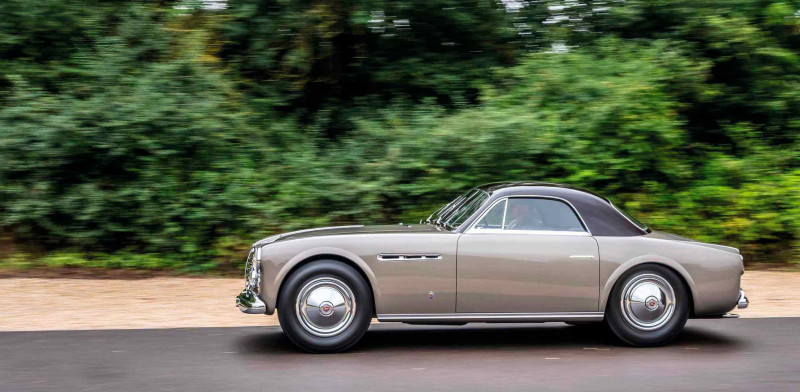
Segal bought it principally because it was unique and to his mind the pinnacle of Alfa Romeo’s early post-war production. ‘It is a one-off and that’s what appealed to me: ultra-rare, no sister cars; that’s where my collection needs to go. It’s also such a beautiful object.’
Amazingly, the archaeology of its engine and drivetrain dates back to Vittorio Jano’s straight-six-powered series that first emerged as the open-wheeled 1500 in the late 1920s. Over almost three decades, that morphed in to the luxurious GTs as the engine doubled in capacity (for motorsport at least), changed its metallurgy, and acquired twin overhead camshafts and sometimes even a supercharger. But they were all 6Cs. Hydraulic brakes and all-round independent suspension added to the impressive CV.
This one, built on the Super Sport’s 2700mm wheelbase (others were 3000mm for the Sport or 3250mm) and, according to the Bonhams sale description, the only one of four with a bespoke Gilco chassis, is even more special.
Which makes its unknown early history all the more bemusing. The best bet from those that know is that this was a special commission, an experimental car as Alfa considered adopting tubular chassis. If that’s the case then this is an important missing link in Alfa Romeo history.
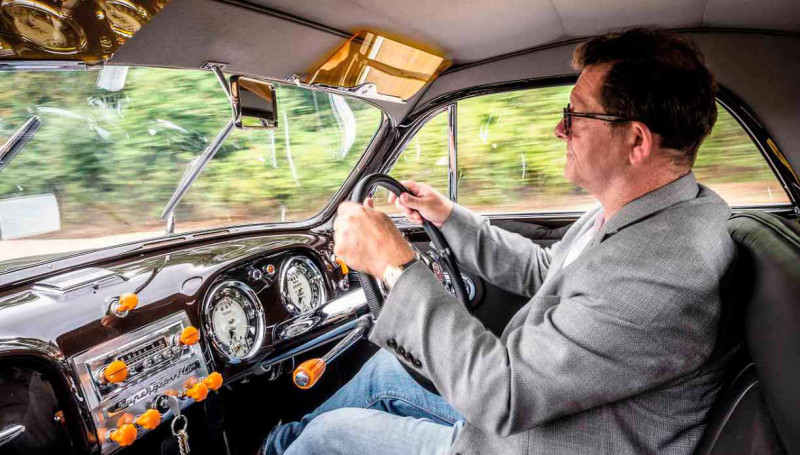
That rigid Gilberto Colombo chassis cradled a triple- Weber equipped bored-out engine (hence Super Sport; non-SSs had single carbs) and, according to historian Tito Anselmi it was one of three Ghia cars styled by the prolific mastermind Giovanni Michelotti. It wasn’t until the 6C came to the UK in 1959, however, that the cookie trail really starts. When it was sold in the 1990s there was talk (speculation really) that Fangio had been an early owner, receiving it in 1953 as a retirement gift from Alfa. Even if the Fangio angle doesn’t stack up, it has similarly been reported to have been owned by Adge Cutler of the Wurzels. I kid you not. In some promo pictures of the band taken outside the Somerset garage run by Adge Cutler’s brother Roy, it’s said you can see what might be the Alfa in the background. I’m not convinced.
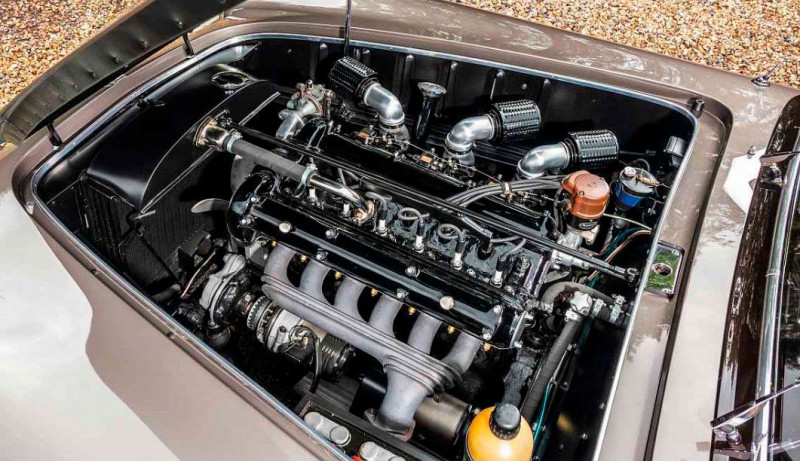
What we do know is that that one UK family owned it from1971 to 1995 before it came up at auction. At Brooks’ Earls Court sale it was bought by fresh-faced dealer Egon Zweimüller. He says: ‘Everyone was talking about it: it was clearly important, but still shrouded in mystery. I was just 19 and was really excited to acquire it.’ Under guidance from Anselmi, Zweimüller’s team of five specialists then carried out a 5000-hour restoration and showed the ‘lost’ Alfa at Villa d’Este in 1996 to great acclaim, earning a major award to boot. It then hung around Europe until a northern Californian collector bought it at the Christie’s Pebble Beach sale before selling it to Holland via Fantasy Junction, a short hop over the Golden Gate Bridge from San Francisco. After the 2010 Bonhams sale it moved back to the States, to the same collector in fact, and a couple of years later was back at Fantasy Junction again.
It was there that Segal saw it, then in blue having been white when it was sold at Brooks, and previously known to have been blue and white. In 2016 he sent it to Ian Davey and Mike Taylor at RX Autoworks in Vancouver, Canada, a company that has built an immense reputation and took two years to completely restore the Alfa Romeo. When Segal was agonising over returning it to its original white or painting it in his own colour, the RX team painted one half white and the other the unique ‘Johnny bronze’ he had devised with Nissan colour guru Brenda Parkin.
‘I saw the white first and thought “Hey, that’s nice”, but then I saw the bronze and it blew me away; it just made the whole car come alive.’ For the chocolate-coloured roof he was helped by Brenda’s husband Andy. ‘I had help, but I picked all the colours and did all the interiors. My architectural perspective helps in this, I think.’
In 2019 Segal took the car to Pebble Beach – ‘my focus is always on Pebble; everything else is just icing on the cake’ – and was delighted with its reception… as well as winning most elegant post-war car. ‘I think every designer among the judges came up and told me it was their favourite car, I couldn’t believe the attention it was getting and it was incredible validation for the project. People just loved it: the interior’s crazy, the leather is crazy, the colour is crazy, the wheels are huge and the engine bay is exquisite. That’s my favourite part of the car, actually.’
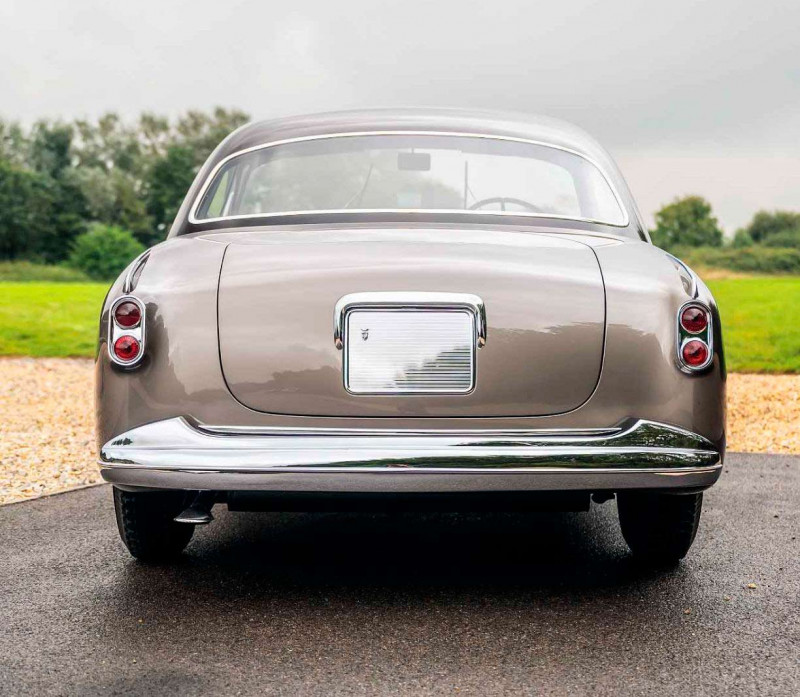
Bringing it to the Concours of Elegance was a whole different experience, especially the pre-event tour that offered Segal his first real chance to drive the Alfa since its restoration. ‘It was way better than I thought it would be. You have to learn how to drive that car, you kind of drive it with the accelerator, but it is wonderful. I was also pleasantly surprised by how comfortable it is.’
And it seems the whole experience of the high-end concours circuit is still making an impression on him: ‘I’m just a blue-collar guy, I went to university in Idaho, there’s no Ivy League degree here yet I’ve ended up with these cars. When I got the Lusso I had no interest in being a collector, but the invitations started coming in and then my collection just started to evolve – it’s all serendipity. Hell, these cars have helped me go to some nice places, though, and I’m still being educated. At Hampton Court I had a drive in a 1750 6C and now I need one of those!’
When DrivesToday tests the car, we enjoy neither the sunshine nor flattering light of California or Tivoli, but still the 6C glistens in the rain. What I like so much about its styling is that it is so prescient of what was to come. Not just the next generation of Alfas, such as the similar-if-you-squint Touring-bodied 1900 Sprint, or even the gawky little 1900 launched the same year this car was created, but by the middle of the 1950s the style template for the next decade had been set with the Giuliettas and they seem to be heavily informed by this car. While the other contemporary post-war extravagances built on a 6C chassis seem like the last gasp of one generation, this clean, purposeful shape seems the first fresh breath of the next. The imperious girth of the Alfa-bodied Freccia d’Oro, Villa d’Este and their ilk was consciously replaced with a more rounded, more enveloping, more ‘personal’ shape.
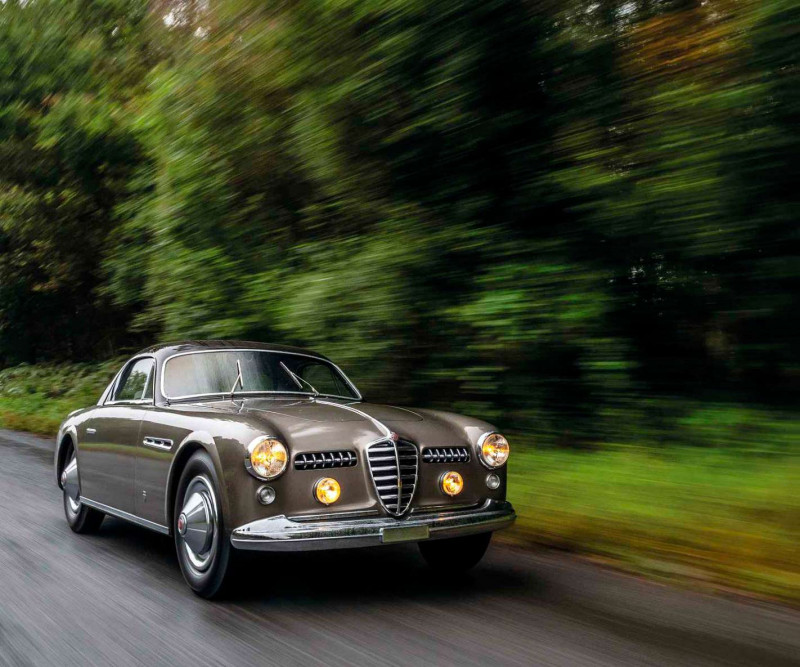
In fact, not only do you see the styling that informed Alfa Romeo’s future, but also a ticklist of designer and aesthete obsessions that dominate to this day. The way those balloon-like Michelin 600/6.50 x 18 tyres on 18in wheels fill the arches with their enormous hubcaps is the 1950 equivalent of 21in rims shod with low-profile rubber today. Are car stylists really fixated on filling the arches to the brim? Only as much as they are about making doorhandles invisible (usually while turning a blind eye to much larger crimes), and that’s another area where the slender strake of Alfa push and pull on this car scores highly.
Then there is the perfect ‘stance’, the word of the moment, but the goal of a lifetime. Stance is not something measurable, but is just the sense of rightness from the way the overall proportions sit on the road compared with their footprint, the amount of light that washes underneath it, the placement of the wheels and the length of the overhangs, the flaring of the wheelarches. Stance is totally subjective and in that sense is less of a look than a feeling. And this Alfa feels damned good tome.
What is interesting is that many coachbuilders were commonly associated with Alfa up to this point, notably Touring, but Ghia was not really among them. And having been let loose, Ghia seems to have thrown the whole Deco palette at the car. From the spartan, flowing flanks, the custom-made hubcaps (better-looking than wires to my mind) burst a full 4in clear of the wings, while the windows have a tiny aperture and a huge quarter-light. From head-on those American-style intakes dominate, while at the rear, above the over-and-under double-barrel shotgun lights, the rear wings are topped off with dainty, Bristol 406S-esque fins. It is sheer elegance, and nothing adds dynamism to a car better than wing-mounted chromed air scoops that make it look like it’s been strafed by a Spitfire.
The exterior glamour is ramped up on the interior, only with orange Bakelite knobs that stand out like stars in the night. It takes a full eight turns of the delicate handle to crank open a window from the bench seat, while the bold Supergioiello script looks like it might be defining the brand of radio (which is actually an Autovox).
It is right-hand drive, of course, and the pilot sits behind a huge three-spoke, string-wound wheel, the big, forgiving column-mounted change for the all-synchro box mounted on the left. Only second offers any resistance, but there is none of the slop of most column shifts. Strangely, though the detent for reverse allows you additionally to access that gear, it doesn’t stop you getting any of the others – there was a lesson learned. The clutch is relatively heavy, the brake pedal is hard and the all-round discs pretty effective, while the steering is really light and easy on the move and the big coffin-shaped organ throttle is superbly responsive.
The 125bhp 2433cc straight-six revs with a beautiful sweetness and is really quite rorty on the triple Weber 36DO3s, fed by work-of-art air-boxes that look like black wicker baskets. It’s lusty, torquey too, quick off the mark in first and really hustles in third and fourth. Yes, the 6C scurries along the road nicely. There’s no question that the combination of some aluminium bodywork and tubular chassis make a difference and, combined with that slick steering, this 6C certainly feels lighter on the move and more nimble than other full-body examples. Similarly, the 2700mmwheelbase, being the shortest of those offered for the 6C, also feels the most adroit.
As you watch the world disappear behind you in a tiny dash-mounted mirror aimed at a panoramic rear screen, there is an almost filmic feeling to driving this car. As sensational, possibly, as watching it drawing towards you, Marchal headlamps and driving lights ablaze.
Wherever it goes and whatever it does next, it will no doubt continue to entrance others as it did me. You and I can’t have it, of course, but we can easily buy a model of it in either its current livery or its previous blue, and such immortalisation of a one-off in tin or resin is always a sign that it has something special about it.
The fact that such a well-known and highly regarded car has retained that enigmatic gap in its early history to this day, especially when information is now so freely available, must be almost unique. Yet, for me that gap is one that the imagination can fill with endless possibilities – such as that rumoured Fangio link, or maybe it was a gift for Alfa’s previously crowned F1 World Champion Giuseppe Farina. All that is now a key part of the car’s mystique and allure. I almost don’t want to know. Almost.

Above Orange Bakelite knobs add visual verve; right-hand drive was de rigueur for upmarket post-war Italian cars. Left and above Gorgeous twin-cam straight-six has its origins in the 1920s; styling is prescient of many subsequent Alfas. Left and right Arch-filling wheels and bulbous covers define the 6C’s extraordinary stance; interior detailing is subtle yet cool. Above left US-based architect and collector Jonathan Segal has presented the 6C at major concours events worldwide; here they’re at the Concours of Elegance.
‘IT IS A ONE-OFF AND THAT’S WHAT APPEALED TO ME. IT’S ALSO SUCH A BEAUTIFUL OBJECT’ JONATHAN SEGAL


